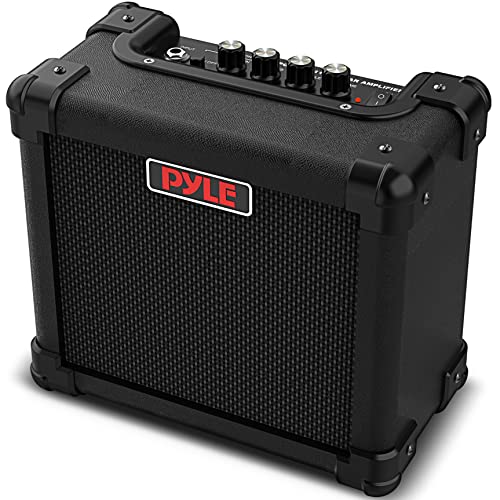clutch71
Well-known member
As I drive my amp to a saturated sound that I like I want to understand what "portions" of the amp I'm "hitting."
1.) My understanding (please correct me if I'm wrong) Gain, Treble, Mid, Bass, Presence, Reverb, and Effects loop are the pre-amp section hitting the 5(4 12AX7 and 1 SPAx7) pre-amp tubes. Master, Output, and Solo are the Power section hitting the 2 6l6'S.
2) Which effects my saturation the most pre-amp or power section? Both?
3) I have 4 Groove tube 12Ax7's laying around, will this create a better distortion? Will I notice the difference?
4) I tend to dial Master and Output in equal increments (see my settings below if this doesn't make sense) but I see other's post dynamically different settings, is this due to hitting the pre-amp/power section differently?
5) It appears to me that the "solo" section is voiced slightly more aggressive than the regular "output." Just me?
My setting's...
Vintage Mode
Gain= 4 o'clock Treble= 3 o'clock Mid= 2 o'clock Bass= 4 o'clock Presence= 5 o'clock Master= 11 o'clock Output= 11 o'clock
Modern Mode
Gain= 2 o'clock Treble= 1 o'clock Mid= 8 o'clock Bass= 2o'clock Presence =2 o'clock Master= 11 o'clock Output= 11 o'clock
..when I can crank the amp!
1.) My understanding (please correct me if I'm wrong) Gain, Treble, Mid, Bass, Presence, Reverb, and Effects loop are the pre-amp section hitting the 5(4 12AX7 and 1 SPAx7) pre-amp tubes. Master, Output, and Solo are the Power section hitting the 2 6l6'S.
2) Which effects my saturation the most pre-amp or power section? Both?
3) I have 4 Groove tube 12Ax7's laying around, will this create a better distortion? Will I notice the difference?
4) I tend to dial Master and Output in equal increments (see my settings below if this doesn't make sense) but I see other's post dynamically different settings, is this due to hitting the pre-amp/power section differently?
5) It appears to me that the "solo" section is voiced slightly more aggressive than the regular "output." Just me?
My setting's...
Vintage Mode
Gain= 4 o'clock Treble= 3 o'clock Mid= 2 o'clock Bass= 4 o'clock Presence= 5 o'clock Master= 11 o'clock Output= 11 o'clock
Modern Mode
Gain= 2 o'clock Treble= 1 o'clock Mid= 8 o'clock Bass= 2o'clock Presence =2 o'clock Master= 11 o'clock Output= 11 o'clock
..when I can crank the amp!






















